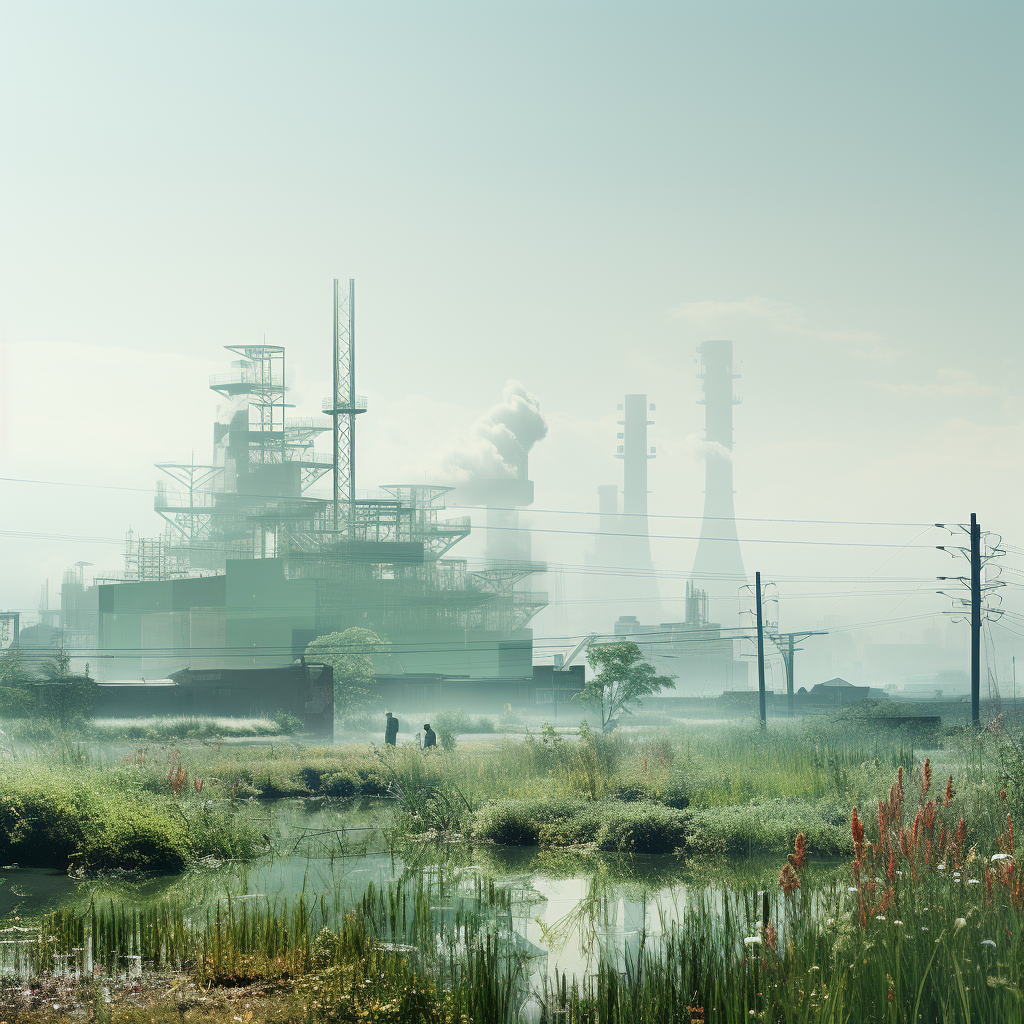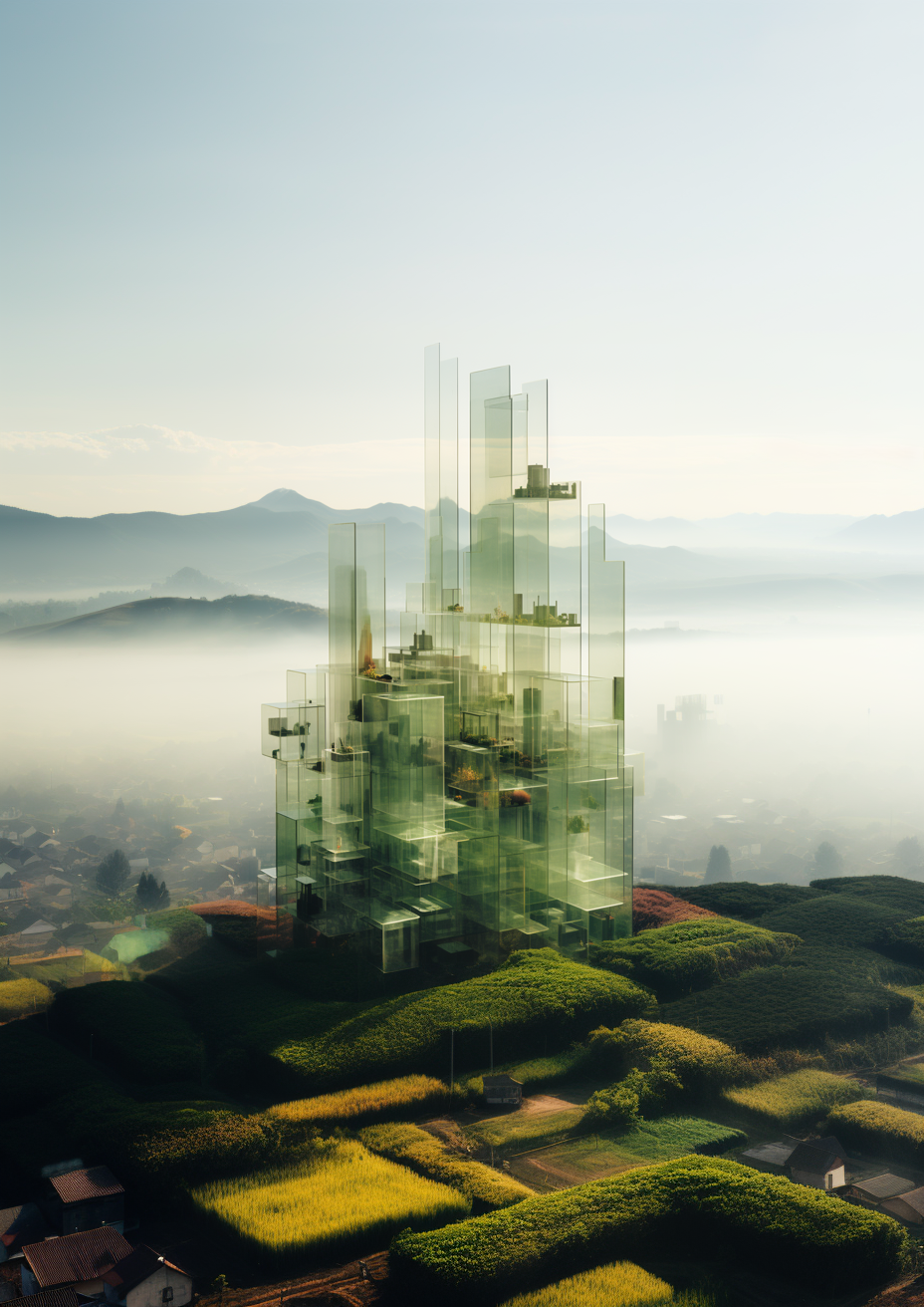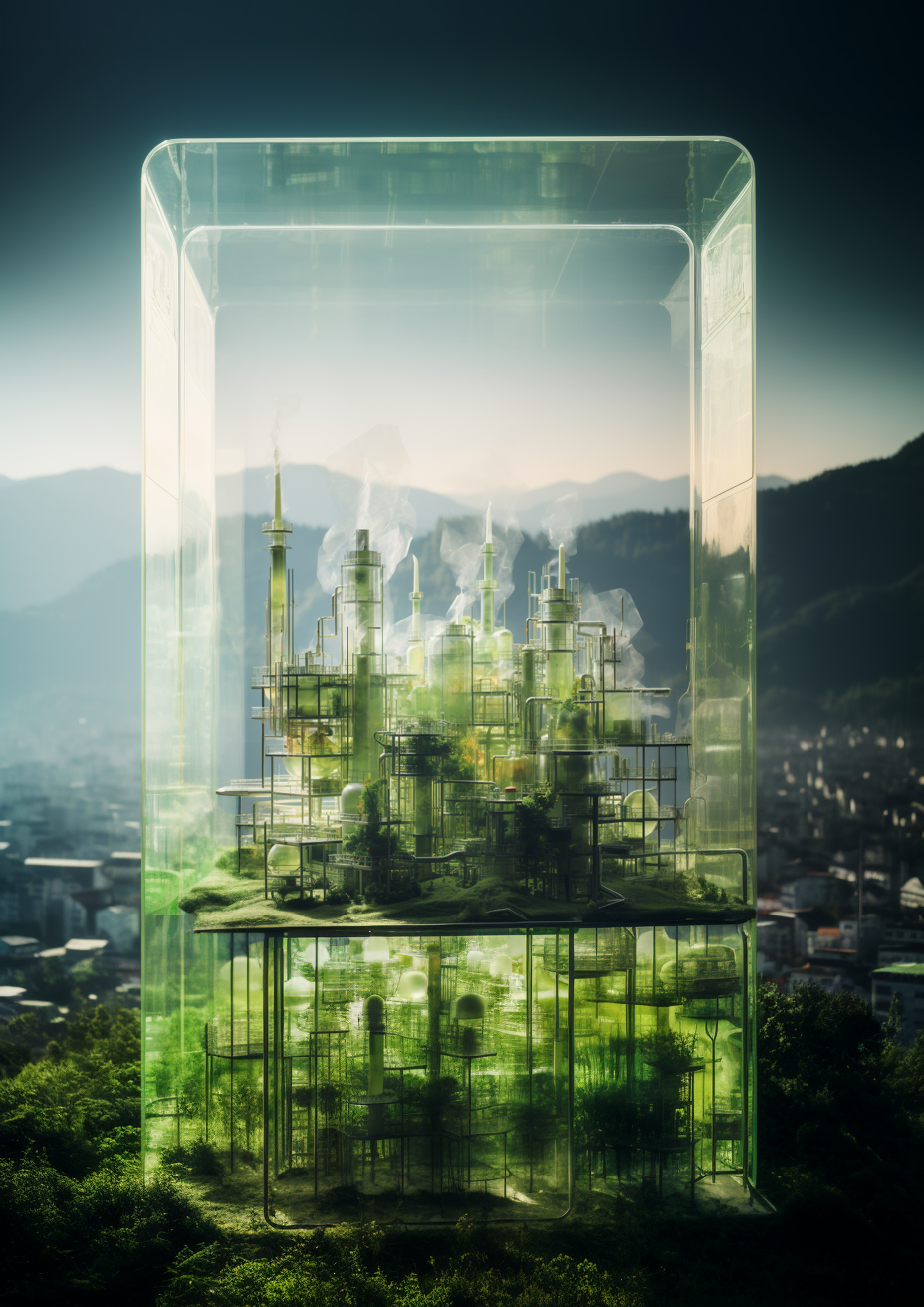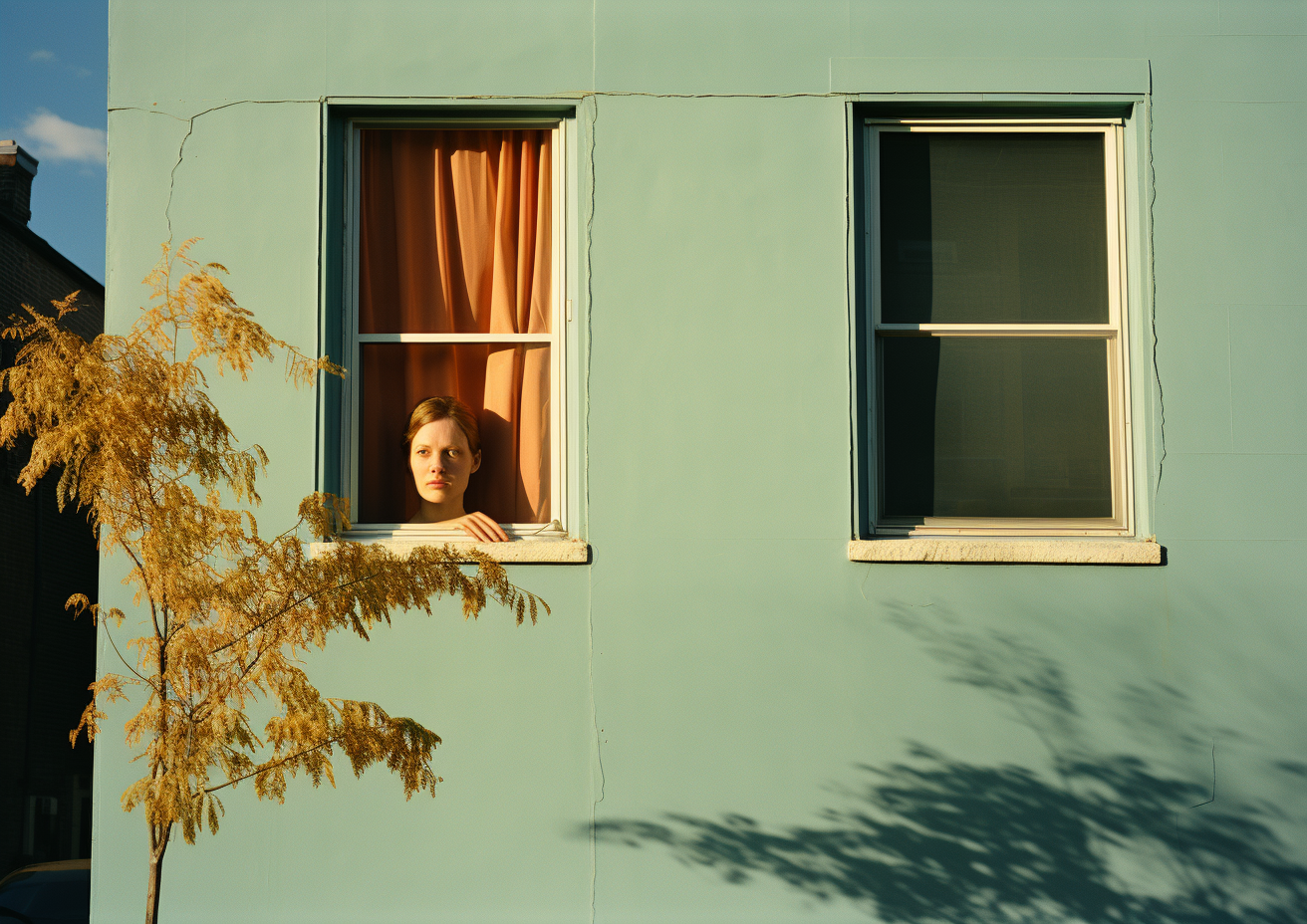06 / Concrete Jungles
Urbanization is evident in the sprawling metropolises around the world. Skyscrapers touch the skies, roads crisscross in intricate patterns, and public transport systems weave through the cityscape. While these are marvels of human engineering, they also signify the extent to which nature has been pushed to the periphery.
Lennart: Hey Argos, I’ve been pondering about urbanization. It’s clear that as cities grow, our bond with nature seems to wane. Before we discuss its impact, can you give me a clearer picture of what urbanization really is?
Argos: Of course, Lennart. At its core, urbanization refers to the population shift from rural areas to urban centers. It’s a process where towns and cities grow as people move to these areas, often in search of better job opportunities, education, and amenities. This movement has been happening for centuries but gained significant momentum during the Industrial Revolution in the 18th and 19th centuries.
Lennart: Ah, the Industrial Revolution! That’s when machines and factories started to dominate, right?
Argos: Precisely. The Industrial Revolution marked a significant turning point. As industries grew, they became magnets for job seekers. Rural folks started migrating to cities in large numbers, leading to rapid urban growth. This shift brought about significant changes in lifestyle, societal structures, and of course, the physical landscape.
Lennart: And with this shift, I assume there was a massive transformation in the way cities were structured?
Argos: Absolutely. As more people flocked to cities, there was a need for expanded infrastructure. Roads, buildings, transportation systems, and utilities all saw significant development. This expansion, while beneficial for economic growth and societal progress, often came at the expense of natural habitats. Forests were cleared, waterways were redirected or polluted, and green spaces became scarce.
Lennart: It’s a bit saddening to think about it. These sprawling concrete landscapes replacing the serene beauty of nature. But how does this manifest today? How can we see urbanization in its modern form?
Argos: Today, urbanization is evident in the sprawling metropolises around the world. Think of cities like New York, Tokyo, or Mumbai. Skyscrapers touch the skies, roads crisscross in intricate patterns, and public transport systems weave through the cityscape. While these are marvels of human engineering, they also signify the extent to which nature has been pushed to the periphery. Green spaces in such cities are often limited to parks or small community gardens.
Lennart: And I guess this rapid urban expansion has led to the disconnect we feel with nature?
Argos: Precisely. As cities expanded and life became more fast-paced, the opportunities for people to interact with nature diminished. The daily grind, the hustle and bustle, often leaves little time for one to stop and appreciate the beauty of nature. This disconnect isn’t just physical – it’s emotional and psychological too.
Lennart: I remember my grandma talking about how they used to play in vast fields and forests as children. Now, those same areas are filled with skyscrapers and bustling streets. It feels like we’re losing touch with the very essence that once grounded us.
Argos: Historically, humans lived in harmony with nature, relying on it for sustenance, shelter, and spiritual fulfillment. But as urban areas developed, this intrinsic bond began to erode. The conveniences of modern life, while beneficial, often come at the cost of our natural connection.
Lennart: And it’s not just about the loss of green spaces, right? Urbanization also affects air quality, water sources, and even our mental well-being.
Argos: Absolutely. The rapid pace of urban life can lead to increased stress and anxiety. The lack of green spaces means fewer opportunities for people to relax, rejuvenate, and connect with nature. Studies have shown that spending time in nature can reduce mental fatigue, improve concentration, and enhance overall well-being. Yet, in urban settings, these natural retreats are becoming rarer.
Lennart: It’s a bit ironic, isn’t it? We build cities for better living conditions, but in the process, we might be compromising the very elements that contribute to our well-being.
Argos: It is indeed ironic. But it’s also worth noting that many urban planners and architects are recognizing this disconnect. There’s a growing movement towards creating more sustainable and green urban spaces – like rooftop gardens, urban farms, and vertical forests.
Lennart: It’s comforting to know that even in the midst of sprawling cities, there are pockets of green where one can find solace. But Argos, do you think it’s possible to strike a balance between urban growth and preserving our connection with nature?
Argos: It’s a challenge, Lennart, but not an insurmountable one. With thoughtful planning, awareness, and community involvement, cities can grow without losing their green essence. It requires a shift in perspective – viewing nature not as a separate entity but as an integral part of urban life.







